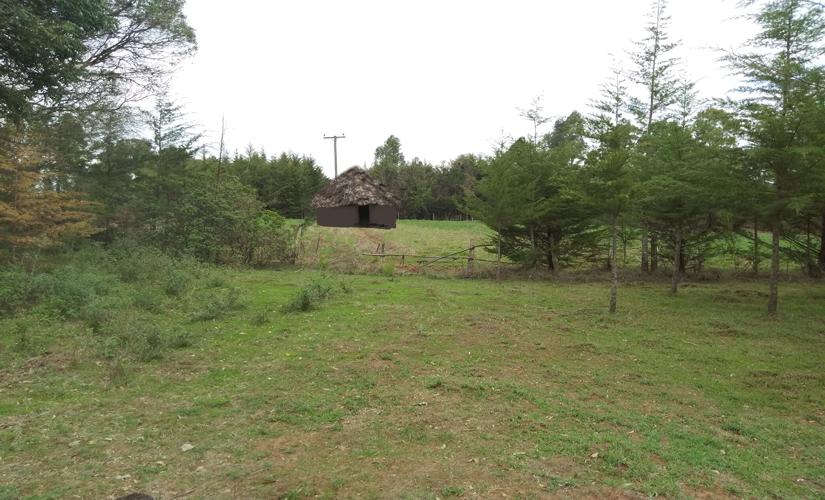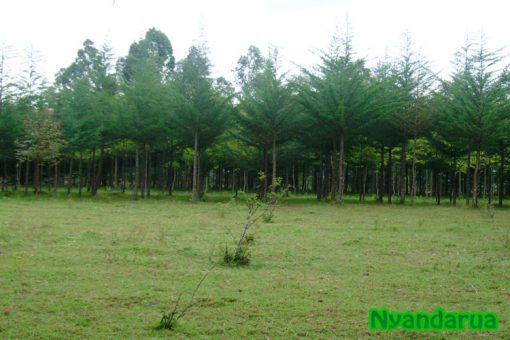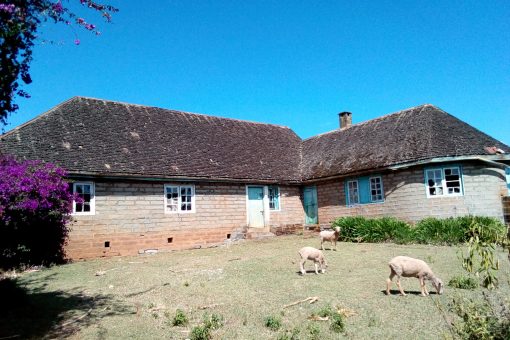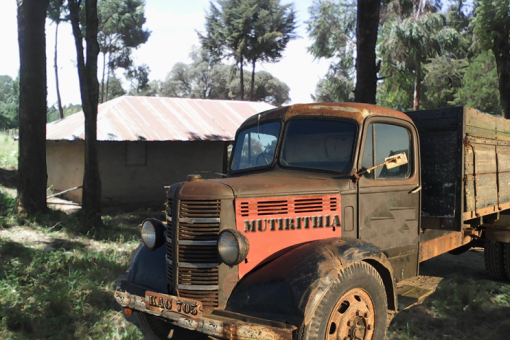The kiumbu’s were the pride of these young men. However, their lazy side always creeped up on them. Bed making was not one of the strengths of most families. The beddings were usually dirty. They were rarely washed sometimes for months at a time, sometimes years. Clothes were not washed regularly except the school uniforms, which were washed only because the schools demanded it and kids got punished for not wearing clean uniforms. So, those were washed routinely out of fear, not by choice.
For the rest of the clothes (nguo cia mucii or nguo cia gutinda) where there was no inspection and no punishment, the boys normally left them on their unmade beds, or hang them on a low hanging sisal rope (mukanda or mucurio wa nguo) that ran across the room. It was their “wardrobe” for hanging clothes. Some clothes got slept on, getting badly wrinkled but it was not a big deal wearing them the next morning. The wearer of such a shirt was mocked by the rest of the brothers “kai shati iyo yuma chuba-ini?” translation “did you just retrieve that shirt from inside a bottle?” That is how badly wrinkled the shirt was and our mother noticed it too and threw in her comment “nguo ihana ta iri ndanuke ni njau” translation: “clothes that look like they have been chewed by a calf”.
If a clothing item was too dirty where mother might comment, the boys looked for the lesser obvious one, which was not clean by any means, but, was the better option for that day. All the clothes eventually get so dirty to a point where the very dirty one he could not wear the day before became the “cleaner” choice for the day.
This charade continued until one day the boys headed to the water point and did their washing. It would be a long time before they washed again unless circumstances dictated they do so, like going on a trip, or expecting visitors. There had to be a reason for washing clothes and bathing. You had to be going somewhere to bath or it was Christmas, when everybody wanted to be clean for Thigukuu incase we had visitors.




